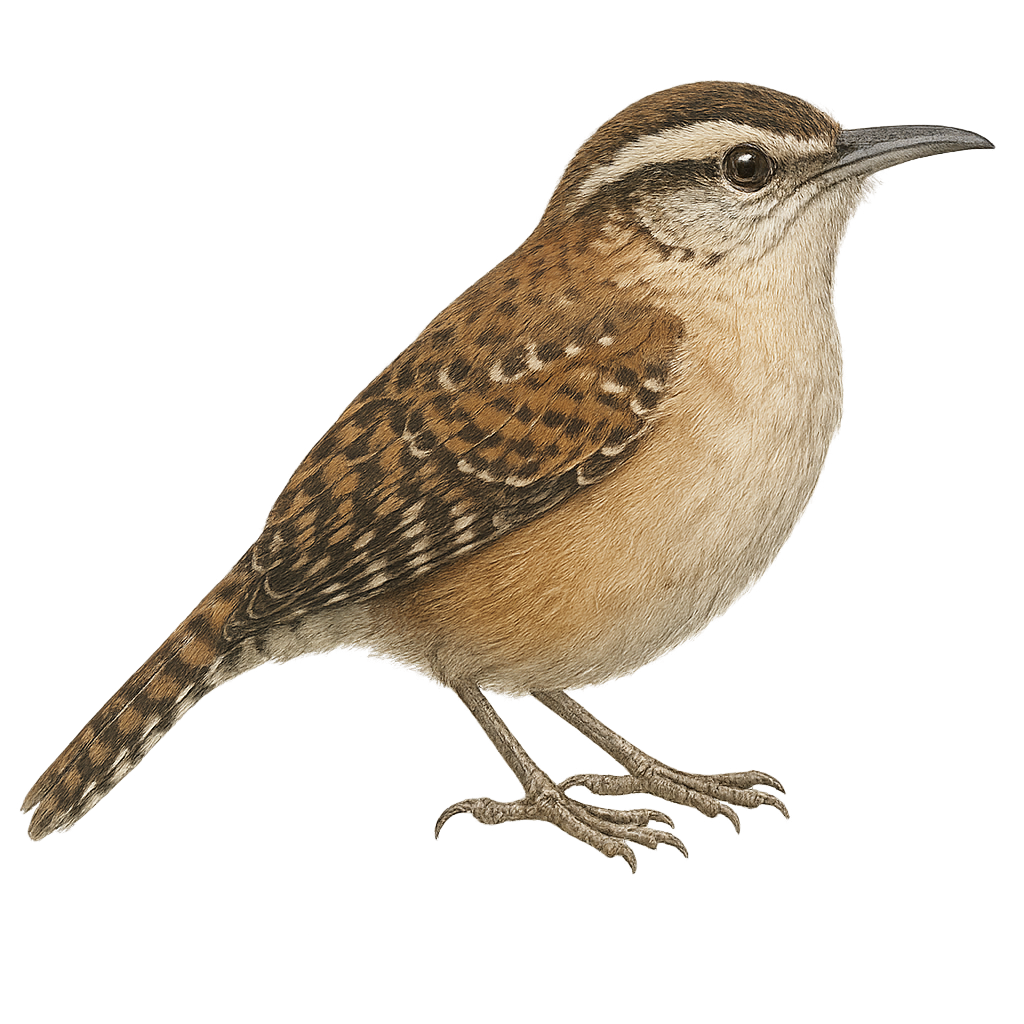Your wildlife photography guide.
Explore the white-bellied wren in detail, study its behavior, prepare your shots.
Where to observe and photograph the white-bellied wren in the wild
Learn where and when to spot the white-bellied wren in the wild, how to identify the species based on distinctive features, and what natural environments it inhabits. The WildlifePhotographer app offers tailored photography tips that reflect the white-bellied wren’s behavior, helping you capture better wildlife images. Explore the full species profile for key information including description, habitat, active periods, and approach techniques.
White-bellied Wren
Scientific name: Campylorhynchus humilis

IUCN Status: Least Concern
Family: TROGLODYTIDAE
Group: Birds
Sensitivity to human approach: Suspicious
Minimum approach distance: 5 m
Courtship display: May to August
Incubation: 14-16 jours
Hatchings: May to September
Habitat:
dry forests, shrublands, forest edges
Activity period :
Primarily active during the day, with peak activity in the morning and late afternoon.
Identification and description:
The White-bellied Wren is a small bird with brown plumage and a distinctive white belly. It primarily inhabits dry forests and shrublands in Mexico. Its song is melodious and complex, often heard before the bird is seen. This wren is a social bird, often observed in small groups. It feeds mainly on insects and spiders, which it finds by foraging in dense foliage. Although relatively common, its habitat is threatened by deforestation. Preserving these environments is crucial for its survival.
Recommended lens:
300mm – adjust based on distance, desired framing (portrait or habitat), and approach conditions.
Photography tips:
To photograph the White-bellied Wren, it is advisable to use a 300mm lens or longer to capture precise details without disturbing the bird. Look for it in dry forests and shrublands, where it is often active during the day. Be patient and discreet, as this bird can be suspicious. Listen for its melodious song to locate it more easily. Natural morning or afternoon light is ideal for well-lit shots.
The WildlifePhotographer App is coming soon!
Be the first to explore the best nature spots, track rutting seasons, log your observations, and observe more wildlife.
Already 1 439 wildlife lovers subscribed worldwide

